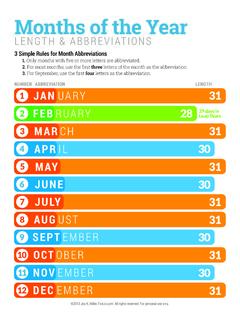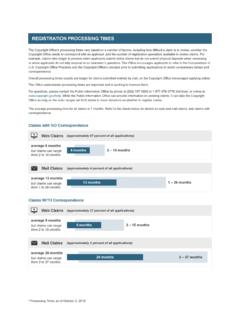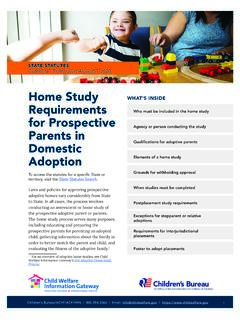Transcription of INCOME TAX IMPLICATIONS OF LONG TERM PER DIEM
1 INCOME TAX IMPLICATIONS OF LONG-TERM PER DIEM Per Diem and other travel expense payments for most employees are taxable. However, they are only nontaxable as long as the employee is away from their tax home. It is relatively easy to determine the tax home for most employees as the work at one main location. However, where an employee does not work the majority of their time at their tax home / main location, it becomes more difficult to determine the employee s tax home, and therefore whether per diem is taxable. If the employee does not work at their tax home / main location at least 50% of the time (vacation time does not count toward time worked at the tax home / main location), then the Employer (TSSD) must first consider whether the employee works the majority of their time at another location, making this location their principle place of business. If they do, this other location becomes their tax home.
2 This occurs in situations where an employee is in long-term travel status at this other location for a period of time which is expected to exceed one year . It can also occur when a seasonal employee is assigned to a project or series of projects in one general location for two or more years in a row. Please note, per diem becomes taxable at the point at which it is determined the assignment will last one year or more. The following are a couple of examples to illustrate: An employee is assigned to a project which is expected to last 16 months. Since we know from the beginning that the project assignment will place the employee at this location for more than one year , all per diem to the employee at this location (starting with the first day) will be taxable. An employee is assigned to a project which is expected to last ten months. At the end of the tenth month, the employee is assigned to a subsequent project which is expected to last six months.
3 Because the total time it is expected the employee will be assigned to this location will exceed one year , all per diem becomes taxable at this location starting with the 11th month. We have discussed this issue with the IRS and the following summarizes the IRS comments on the one- year rule and taxable per diem. One year does not necessarily mean 365 consecutive days Interruptions generally do not start the clock over again on the one- year rule unless they are significant (significant was not defined, but the IRS rulings indicate seasonal shutdowns are not considered significant). The one year rule requires the employer to look at the total time spent at the temporary location. If an assignment to a location is expected to last more than one year , or actually lasts longer than one year , than any per diem paid at this temporary location is considered taxable compensation.
4 The one year rule applies beginning with the date the employer determines the assignment will exceed one year . Also, the IRS looks at location broadly and encompasses a general vicinity (generally a 50 mile radius). The remoteness of the duty assignment does not change the application of the one year rule. The fact the employee may be incurring duplicate lodging expenses does not change the rule. The IRS has long ruled that duplicate expenses have no bearing on the determination of the tax home. With regards to seasonal employees, if the employee is assigned to the same general location two years in a row, or would otherwise meet the one- year rule, per diem would be considered compensation. The employer essentially has an obligation to determine the employee s tax home. The employer can make temporary and long-term assignments in any reasonable manner based on valid business reasons.
5 However, these assignments may have tax consequences for employees as outlined above. Assignments made to get around the tax consequences to employees will likely be viewed by the IRS as manipulative and retroactive tax consequences may result. To prevent unanticipated tax consequences, TSSD should determine the temporary or long term nature of the assignment before assigning an employee to a project which involves long term travel.





